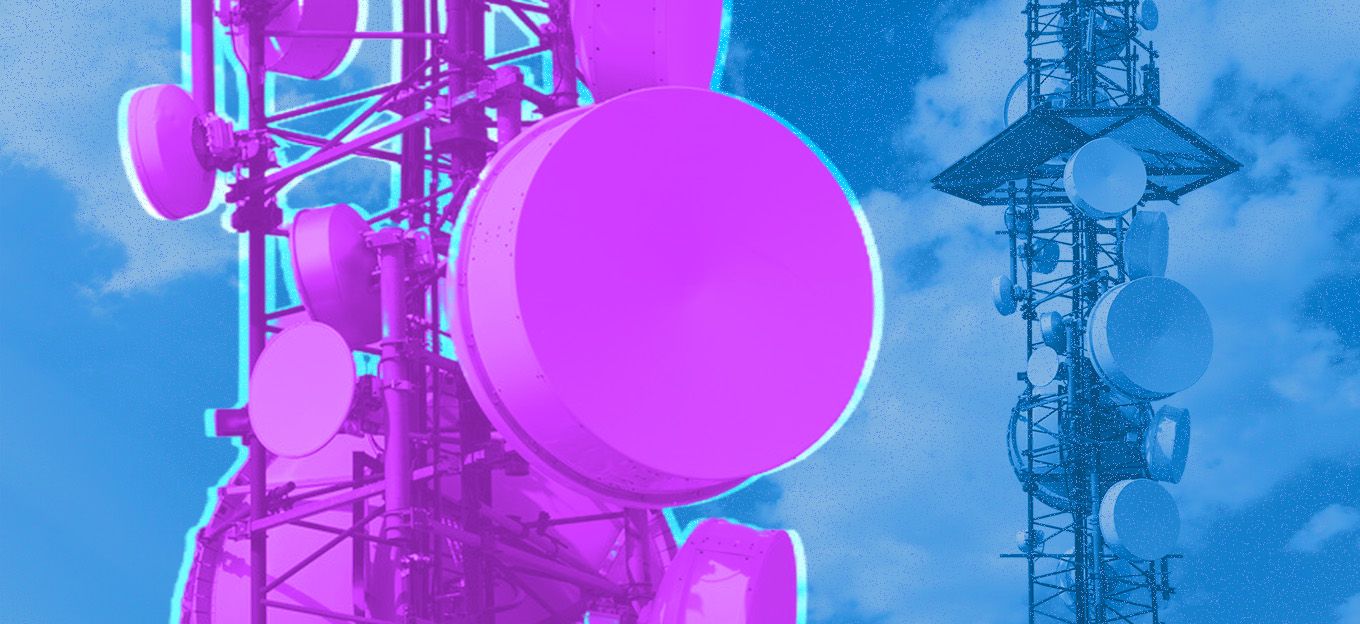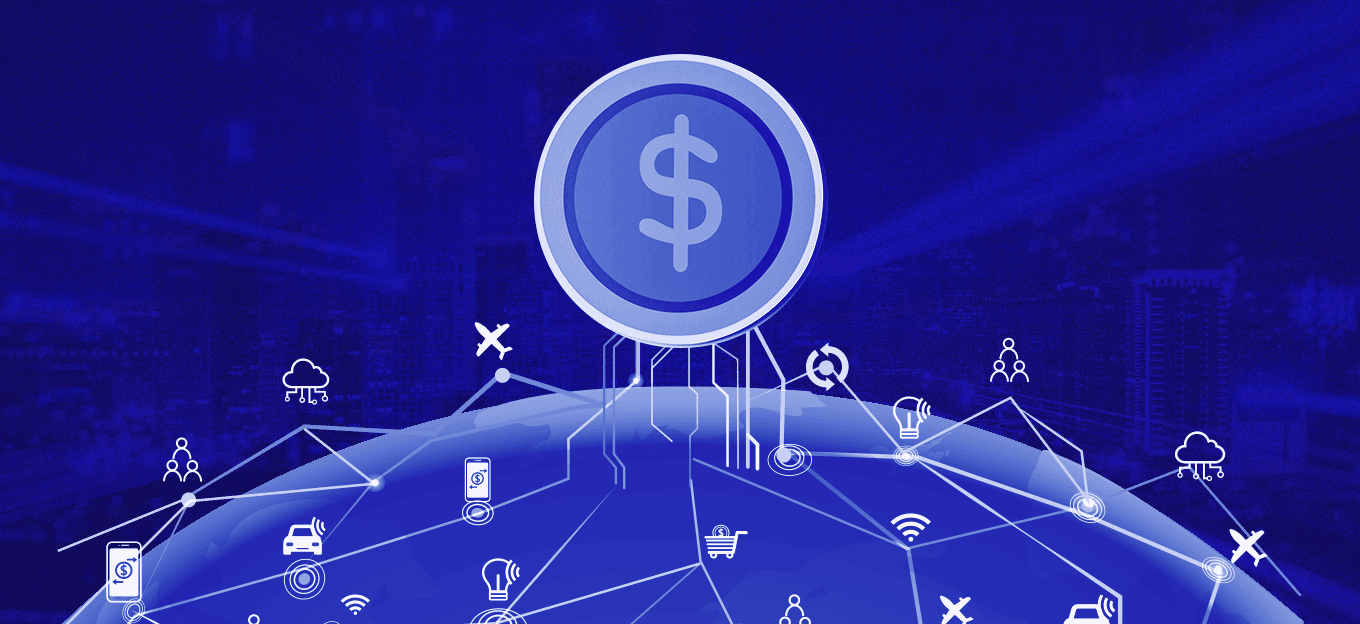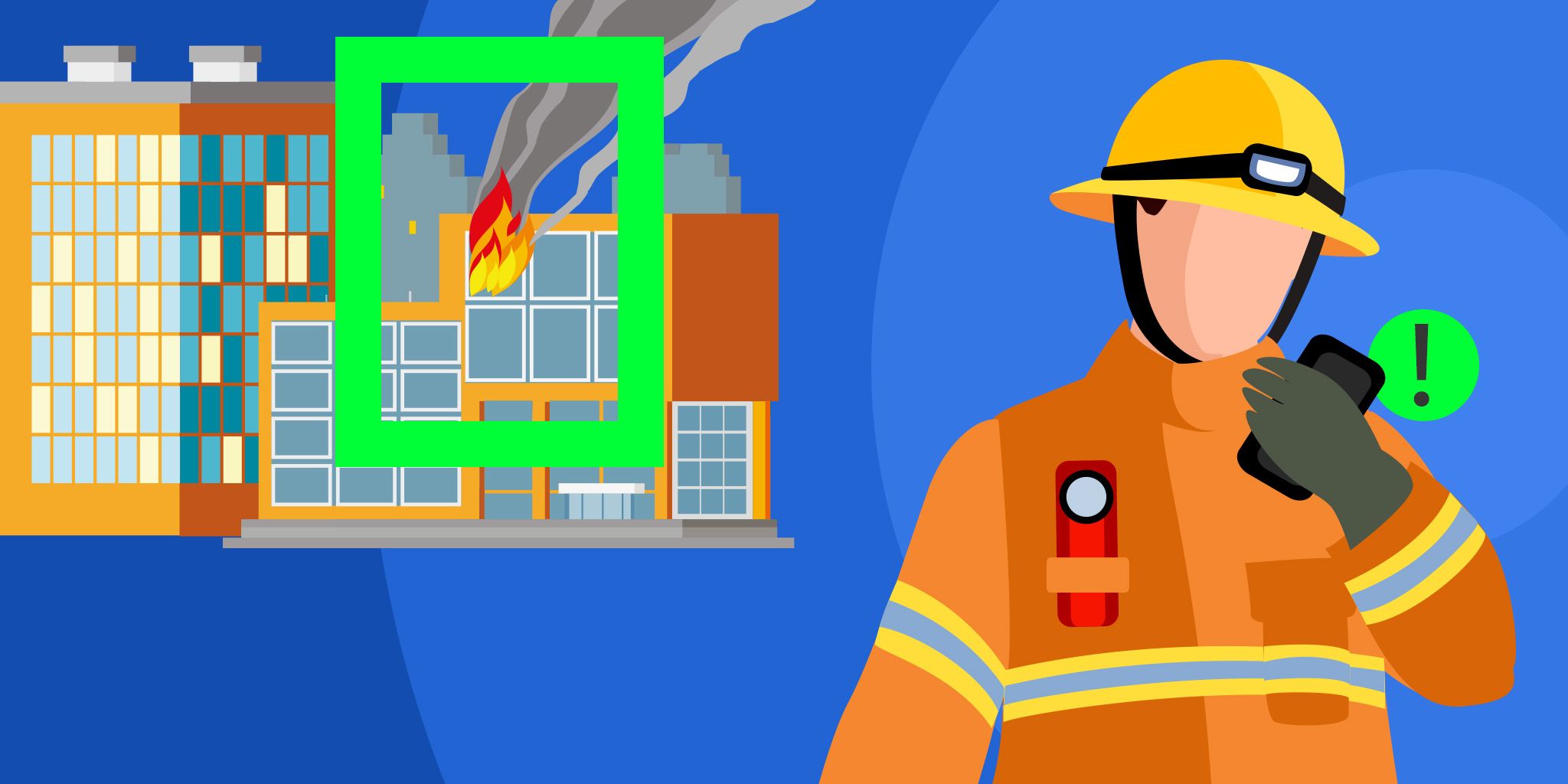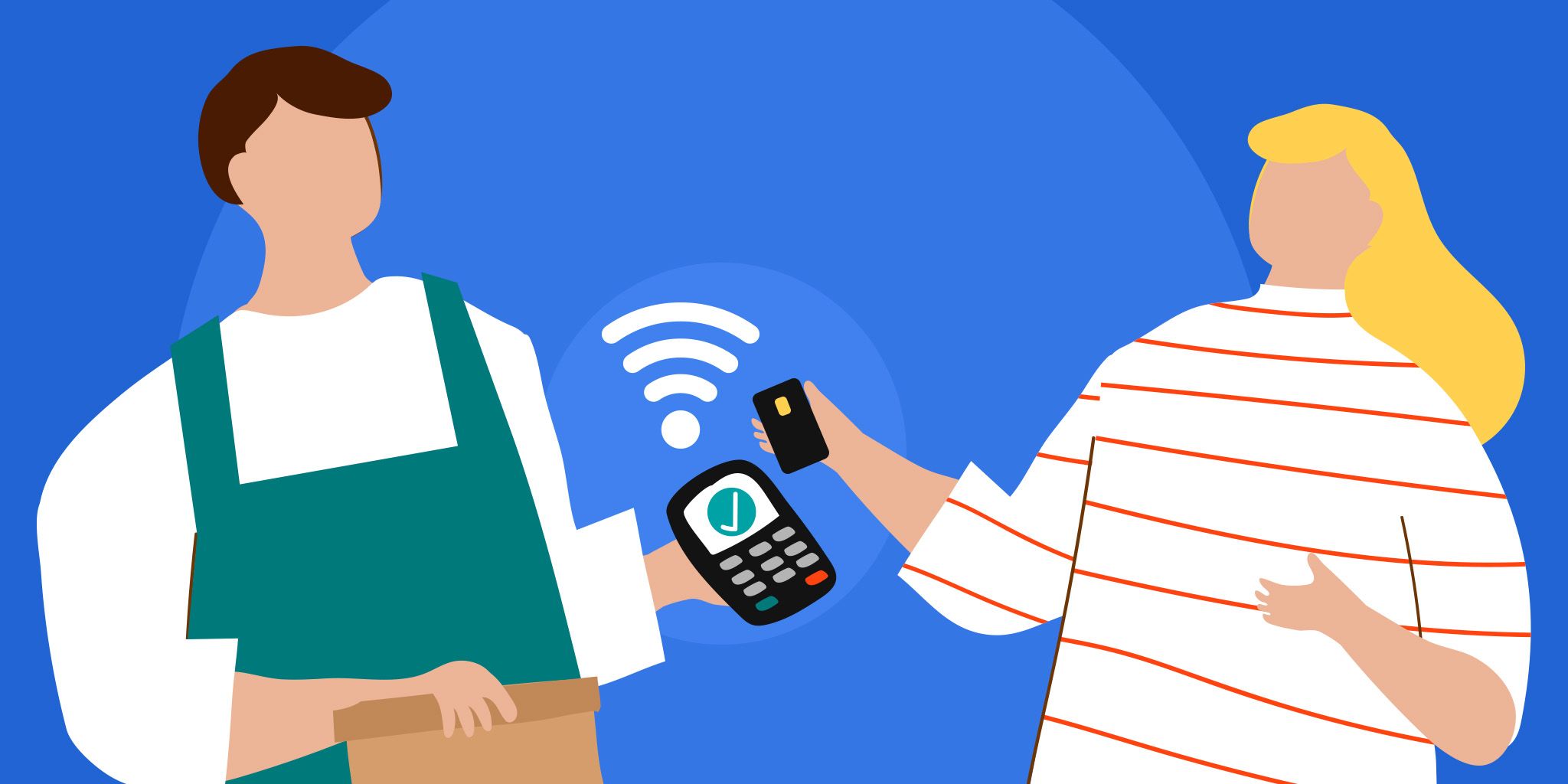How To Use IoT For Smart Parking Solution Development
How To Use IoT For Smart Parking Solution Development
- Last Updated: December 2, 2024
MobiDev
- Last Updated: December 2, 2024



Smart parking is a practical IoT application that can dramatically improve everyone’s life.
Imagine, you arrive at your destination twenty minutes early for a very important meeting. You have plenty of time as long as you can find a place to park.
The parking lot for the building is full. You drive around desperately looking for a space on the street but do not find one. You try the underground parking lot of the building across the street. Driving in, you suddenly have to stop. There is plenty of traffic ahead of you trying to do the same thing. You attempt to call the meeting to say you will be late and there is no cell phone signal in the underground parking garage.
It takes a half-hour to find a space. When you finally arrive at the office for the meeting, you are sweating profusely and out of breath. The receptionist tells you that everybody already left. Your meeting was canceled and you have to deal with serious losses.
You are not alone. In a recent study from SpotHero, 48% of Americans reported that parking their car was a stressful event. 27% of the respondents spent at least 30 minutes looking for parking and 63% identified looking for a parking spot as the cause of their being late.
In 2022, 4.3 billion people (55% of the world) lived in urban settings, and this number is expected to rise to 80% by 2050. This could have a direct impact on how car owners park in cities.
So, what can be done to improve parking in cities?
How IoT Smart Parking Works
Innovative smart parking technology combined with IoT connectivity helps solve this problem. Installed IoT sensors determine where empty parking spaces are located. This IoT data is transmitted over a wireless connection to a cloud server. All the data from the parking lot is collected and analyzed in real-time to produce a map of available spaces made available to those looking for a space.
Drivers looking for a parking space can refer to a real-time smart parking map and be guided to the nearest vacant space. Advanced systems can reserve these spaces and take electronic payments from the drivers.
In this case study of an IoT smart parking solution, the technical components include an ultrasonic sensor HC-SR04 that measures physical distances using ultrasonic waves and an ESP8266 microcontroller. Both were installed in every parking space.
"Drivers looking for a parking space can refer to a real-time smart parking map and be guided to the nearest vacant space."
-MobiDev
<!-- wp:paragraph --> <p>The IoT device sends a periodic update by wireless signal using the <a href=" />MQTT protocol to a cloud server running AWS IoT services. The cloud server assembles data about all parking slots. This shows users via a web or mobile application the available parking spots to let them choose one.
How IoT Sensors Detect Free Parking Space
IoT sensors use an ultrasonic wave to detect the distance to something. Each sensor is embedded in the parking space surface and detects the distance to the undercarriage of a vehicle if the parking space is occupied.
<!-- wp:heading {" />
3 Possible Detection Conditions
- Space is Occupied: The distance detected to an object by the sensor is in the range of 10 to 50 centimeters (about four to 20 inches).
- Space is Free: The distance detected to an object by the sensor is more than 50 centimeters (about 20 inches).
- Space is Dirty: The distance detected to an object by the sensor is less than 10 centimeters (about four inches).
If the condition is “dirty” the sensor may be covered by something or blocked and the device needs to be checked.
The application runs on AWS IoT and AWS Lambda and shows a driver the free spaces in green, occupied spaces in red, and sensor malfunctions in yellow.
IoT-Based Smart Parking System Configuration
The number of parking spaces in a parking lot determines the software and hardware requirements for IoT configuration and system architecture. For large parking lots, it's better to use gateways and the LPWAN protocol for the sensors.
LoRaWAN standard adoption is one of the current IoT trends and the way to increase the operating hours of an autonomous system by reducing power usage. According to the specifications of the LoRa Alliance, this reduces the need to replace the batteries. Battery life is extended up to five years before needing replacement.
Sensors for IoT-Based Smart Parking
Smart parking sensor types include ultrasonic, electromagnetic field detection, and infrared.
- Ultrasonic: The accuracy of the sensing is improved by using ultrasound for measurement detection. The disadvantage of this type of sensor is a potential blockage by dirt.
- Electromagnetic Field Detection: This sensor detects small changes in the magnetic field when metal things come close to the sensor.
- Infrared: This type of sensor measures changes in the surrounding temperature and detects motion.
Parking 4.0: Future and Opportunities in Smart Cities
Deployment of smart parking systems is expected to continue to increase because the technology is extremely useful and makes helpful improvements in daily life. The following advanced features can be added to the system to turn it into a highly multi-functional management tool.
- Parking demand management and space optimization
- Personalized parking guidance
- Parking reservation systems
- Dynamic parking prices and policy optimization
- Detection of parking zones, fees, and overstay violations.
For large-scale parking lots, augmented reality technology may create a mapping function overlay on top of real images captured by a smartphone. These AR-based outdoor and indoor navigation systems can guide drivers with a virtual path to their parked cars.
Another innovation uses visual image processing to capture the license number of a vehicle to recognize it with the help of Optical Character Recognition technology. Then, it automatically opens the gate to the parking lot and the system guides the driver to a suitable parking space.
The future seems to be quite promising for smart parking systems. Technologies lying behind this solution are IoT, Artificial Intelligence, Machine Learning, and Augmented Reality–the same ones that are driving digital transformation for businesses under the “Industry 4.0” term. Leveraging these innovations, Parking 4.0 will increase parking systems' efficiency by solving urbanization challenges.
Originally published April 14, 2020. Updated February 1, 2023.
The Most Comprehensive IoT Newsletter for Enterprises
Showcasing the highest-quality content, resources, news, and insights from the world of the Internet of Things. Subscribe to remain informed and up-to-date.
New Podcast Episode

Moving Past the Pilot Phase in IoT and AI
Related Articles





